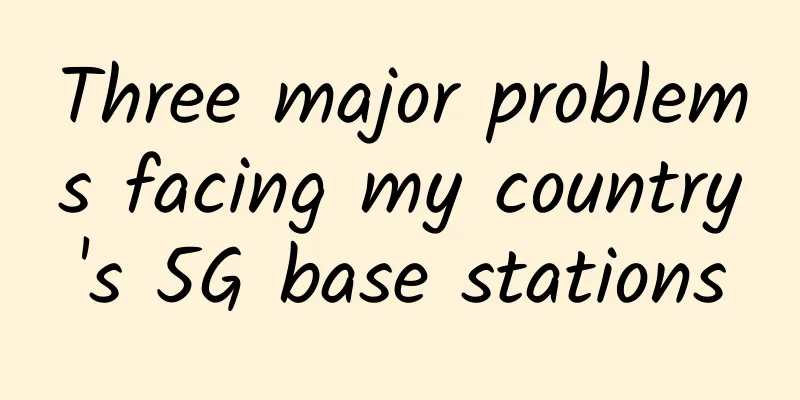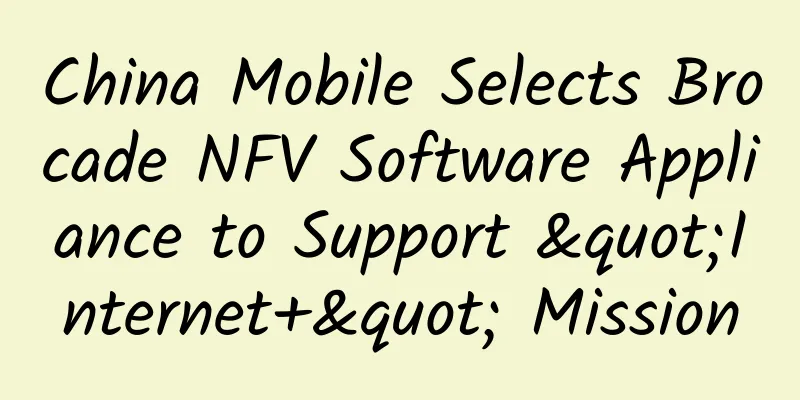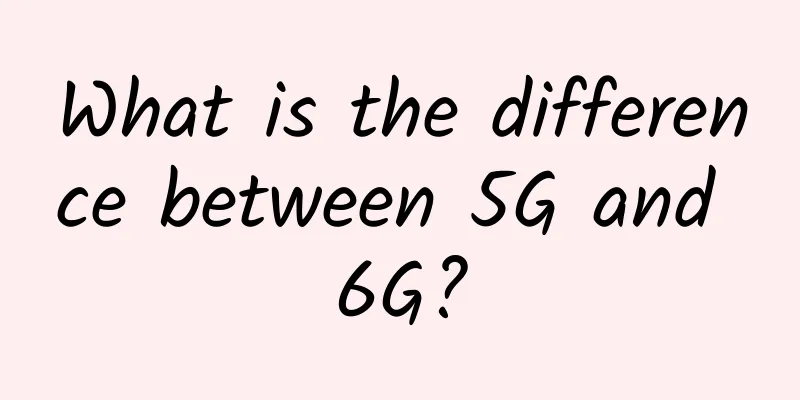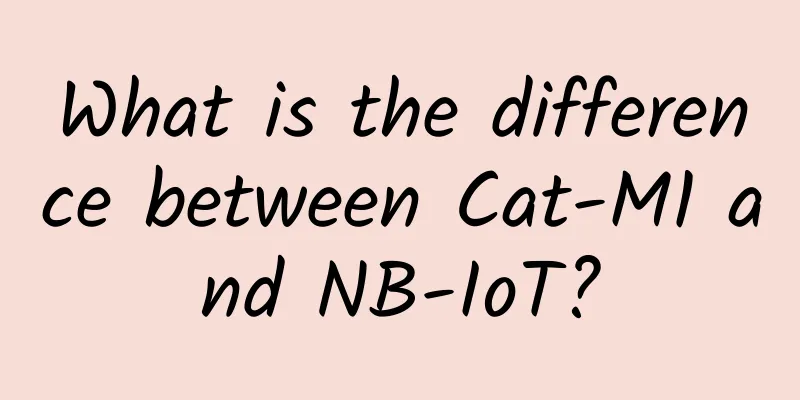5G is not here yet, but it is within reach

|
5G is currently the most eye-catching new technology in the industry and the center of attention. The continuous development of standardization processes and management bodies in the field of wireless communications, as well as the understanding of the newly proposed millimeter wave (mmWave) frequencies and the technology channels being developed will make 5G a reality. There is still a lot to be defined when it comes to 5G, but one thing is certain: spectrum below 6 GHz will remain very important, using millimeter wave (mmWave) frequencies to complement sub-6 GHz technologies. Figure 1 shows the broad requirements of 5G from highly reliable, high-bandwidth communications for enhanced mobile broadband (eMBB) applications to the low-bandwidth, machine-to-machine (M2M) type communications that we expect to see.
It is difficult for one spectrum band to meet these needs, but combining the 6 GHz and mmWave bands can do the job. Sub-6 GHz spectrum provides better propagation and backward compatibility for narrowband applications, while the continuous bandwidth of mmWave frequencies enables support for 5G's key eMBB applications. 5G Timeline As shown in Figure 2, the International Telecommunication Union (ITU) has identified two phases of research: Phase 1 for sub-40 GHz and Phase 2 for sub-100 GHz. Phase 1 will end in June 2018 to correspond to 3GPP's LTE Release 15. Phase 2 will end in December 2019 to correspond to 3GPP's LTE Release 16. Figure 2 shows the ITU and 3GPP timelines as of fall 2016. The dates proposed by the ITU and the frequencies to be used are certain, and at the 3GPP RAN Plenary Meeting in March 2017, an accelerated timetable for the release of 5G Radio Interface (NR) was announced, as shown in Figure 3. NTT DOCOMO gave recommendations on the use of frequency bands at the last RAN4 meeting. Table 1 summarizes the frequency ranges and corresponding telecom operators. 28 GHz and Verizon's 5G research Over the past year, work at 28 GHz has dominated research below 40 GHz, but it is not the only frequency considered, and the FCC and Verizon have begun research work at 28 GHz. In order to allocate additional millimeter wave bands for flexible use and future planning, the FCC approved the Spectrum Frontiers Proposal in July 2016. The 28 GHz band is one of the three most widely used bands in the United States, and Figure 4 shows the effect of this band. According to the results of the RAN4 meeting, global operators including European operators Orange, British Telecom and Telecom Italia have achieved unity in the 24-28 GHz band. It should be noted that the 28 GHz band is not suitable for Europe, but the lower frequencies in this band are more potential. As expected, European operators are requesting 32 GHz spectrum. Verizon acquired the license for the 28 GHz band after acquiring XO Communications last year, and has been calling for the use of this band for 5G deployment. Although there is currently no standard technology in the industry to advance the test, the hardware currently deployed by Verizon is designed to run any standard functions, which will eventually be released through software updates. American Airlines has also agreed to use the 28 GHz band, while AT&T and T-Mobile have both stated that they will conduct more research on 28 GHz and work with equipment vendors to conduct field trials. In 2015, Verizon established the 5G Technology Forum (5GTF) with Cisco, Ericsson, Intel, LG, Nokia, Qualcomm and Samsung. The main goal of the forum is to develop fiber-to-the-home wireless solutions using millimeter wave spectrum. Most of the standards of 5GTF come from LTE standards, but add 5G concepts studied and proposed by 3GPP. 5GTF expands the subcarrier spacing by five times and reduces the subframe spacing by a certain ratio to maintain timing consistency with LTE. 5GTF also enhances control signals and expands the physical layer, including digital beamforming and precoding. At the IEEE Wireless Communications and Networking Conference (WCNC) in San Francisco, NI demonstrated 5GTF in real-time operation. Although it was not the first prototype of the specification, it was worth noting that it was the first public demonstration of 5G technology. Verizon is working to promote the pre-standardization of millimeter waves. The question that V5G will face is whether it complies with the 3GPP 5G standard, so there will be risks in deploying millimeter waves before the standard is defined. If Verizon's millimeter wave deployment is successful, Verizon will make significant progress in the 5G race. If it does not comply with the 3GPP standard, several years of effort will be wasted. 5G Radio (NR) NR is designed to cover all applications and all frequency bands, including the three main application performance indicators of 5G proposed by the ITU: enhanced mobile broadband (eMBB), ultra-reliable low-latency communications (URLLC), and massive machine-type communications (MMTC). This means that the physical layer needs to be flexible enough to increase throughput while enabling hundreds of times more devices to connect to the network to achieve narrowband IoT (NB-IoT). The proposal of NR is much more complex than V5G. The two are similar in beam management, but NR covers the management of slow beams and fast beams. NR will also make use of LTE as much as possible, enabling it to use different subcarrier rates. Although NR is still controversial, the industry still hopes to determine the NR standard as soon as possible. Limited trials at 28 GHz are more focused on channel sounding rather than proving the feasibility of the NR specification. NI has developed a new NR prototype system that can run multi-user MIMO links using the NI mmWave Transceiver System (MTS) and flexible physical layer IP written in LabVIEW. The race to 5G as of 2018 By early 2018, we will have a very clear understanding of 5G. According to the timeline proposed at the 3GPP RAN plenary meeting in March 2017, the physical layer and MAC layer of NR will be determined by the end of 2017. There is no clear deadline for the selection of frequency, but operators are pushing for 28 GHz hardware deployment in 2017. South Korea is expected to demonstrate its 5G technology in the second quarter of 2018, and the birth of the complete 5G standard still needs to be developed. The competition in the definition phase of 5G is over, and the competition in designing and deploying 5G technology has just begun. |
<<: The ransomware incident is a microcosm of global cybersecurity
>>: Also talking about old friends: The return of Nokia
Recommend
VMISS issues 30% discount code again, Hong Kong VPS monthly payment starts from 3.5 Canadian dollars, Korea/Japan/Los Angeles CN2 GIA/9929/CMIN2 20% off
VMISS has once again released a 30% discount code...
The current status and future prospects of 5G in the IoT market
The global 5G in IoT market is experiencing signi...
Summary of wireless network wiring principles and methods!
Select the location of the wireless AP For wirele...
Huawei and TestBird sign a memorandum of cooperation to promote the development of cloud testing ecosystem
[September 11, 2017] On September 7, during HUAWE...
From CDN to edge computing, computing power evolution accelerates again
The COVID-19 pandemic has accelerated the global ...
5G will be fully rolled out in 2020. Are 5G network and 5G frequency band the same thing?
After the 5G trial commercialization in 2018 and ...
How to speed up banking business innovation through comprehensive real-time monitoring?
In recent years, with the gradual deepening of th...
Can the Internet provide personalized services? Learn more about IMEIsv's differentiated protection
In the current network, if the same RRM (Radio Re...
Understand fiber-based LAN architecture
A local area network (LAN) is a computer network ...
Out-of-the-box infrastructure connectivity options
When it comes to connecting network devices acros...
Guiyang National High-tech Zone and Huawei reached a cooperation agreement to jointly promote the development of software information industry
On November 6, 2017, Guiyang National High-tech Z...
TMR: By 2026, the global smart manufacturing platform market will reach $15.93 billion
According to TMR, the global smart manufacturing ...
Huawei Connect 2017 previews: Emphasis on cloud implementation and practice
[51CTO.com original article] As a global ICT indu...
PoE Troubleshooting Guide: Common Problems and Solutions
Power over Ethernet (PoE) is a revolutionary tech...
CloudCone: Los Angeles CN2 GIA line server 15-100M unlimited traffic starting from $82/month
I have shared information about CloudCone many ti...









